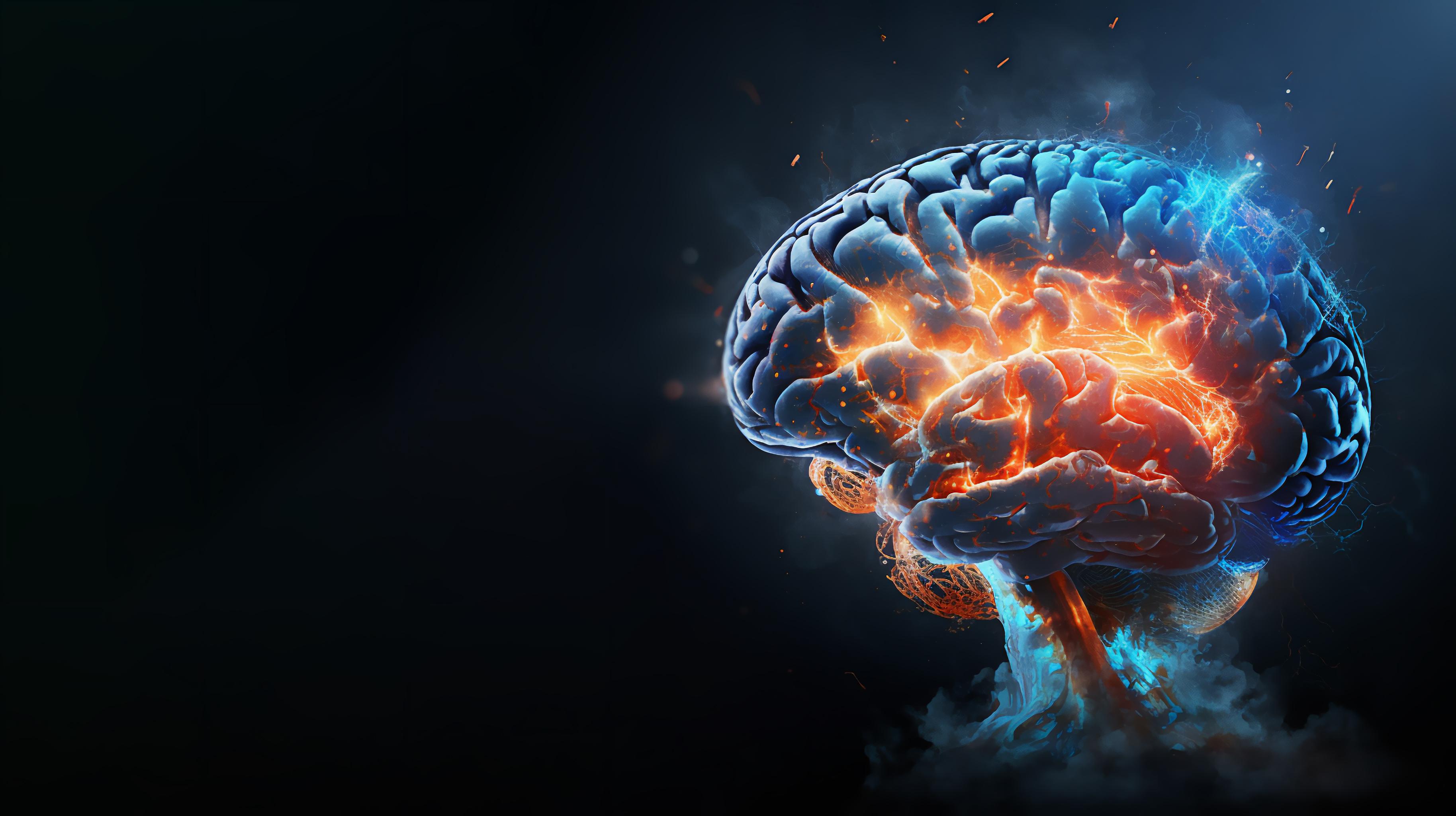Finnish researchers have just presented an artificial intelligence capable of predicting deaths and heart attacks with more than 90% accuracy.

It’s been a long time since the powers of artificial intelligence seem to have exceeded those of humans. In February, British scientists created artificial intelligence software that would predict more accurately the chances of survival of a patient with ovarian cancer, but also the effectiveness of its treatment. Then, a month later, other English researchers made headlines by developing an algorithm capable of predicting who was at risk of dying prematurely from heart and respiratory diseases as well as cancers. Today, a Finnish team has created a machine capable of predicting mortality and heart attacks with an accuracy of more than 90%. These results were presented at the International Conference on Nuclear Cardiology (ICNC) which is held in Lisbon (Portugal) from 12 to 14 May.
During his study, Dr. Luis Eduardo Juarez-Orozco of the Turku PET Center in Finland followed 950 patients with chest pain who had followed the center’s standard protocol to check for coronary artery disease. During an average follow-up of six years, there were 24 heart attacks and 49 deaths from any cause among the participants. Thanks to the imaging data provided by tomography indicating the presence of coronary plaque, the narrowing of the vessels and the calcification or the blood flow of the patients as well as to the medical records delivering all kinds of data such as sex, age, participants’ smoking and diabetes, the Logibost algorithm integrated nearly 85 variables. She then analyzed them until she came up with the best structure possible to establish who had had a heart attack or had died. Result: more than 90% accuracy, welcomes the study.
“These advances go well beyond anything that has been done in medicine where we have to be careful about how we assess risks and outcomes. We have the data but are not yet using it to its full potential,” he said. Dr. Luis Eduardo Juarez-Orozco.
“Humans have great difficulty thinking in three or four dimensions”
Today, doctors use risk scores to decide on treatment. But unfortunately these are based on a handful of variables and not fairly appropriate to the patient. Conversely, through repetition and adjustment, the machine learns to exploit countless data and identifies patterns far too complex for humans, argues the study.
“Humans have great difficulty thinking in more than three or four dimensions. The moment we dive into the fifth dimension, we are lost. Our study shows that each high-dimensional pattern is more useful than a single dimensional pattern in predicting what’s going to happen to people and for that we need artificial intelligence,” continues Juarez-Orozco. And to conclude: “Doctors already collect enough information about their patients, who have chest pain, for example. We have discovered that artificial intelligence can integrate this data and adequately predict individual risk. This should allow us to personalize treatment and ultimately lead to better predictions for patients.”
In France, about 60,000 people have a heart attack each year. Among them, 2,400 die, or about 14 per day.

.

















